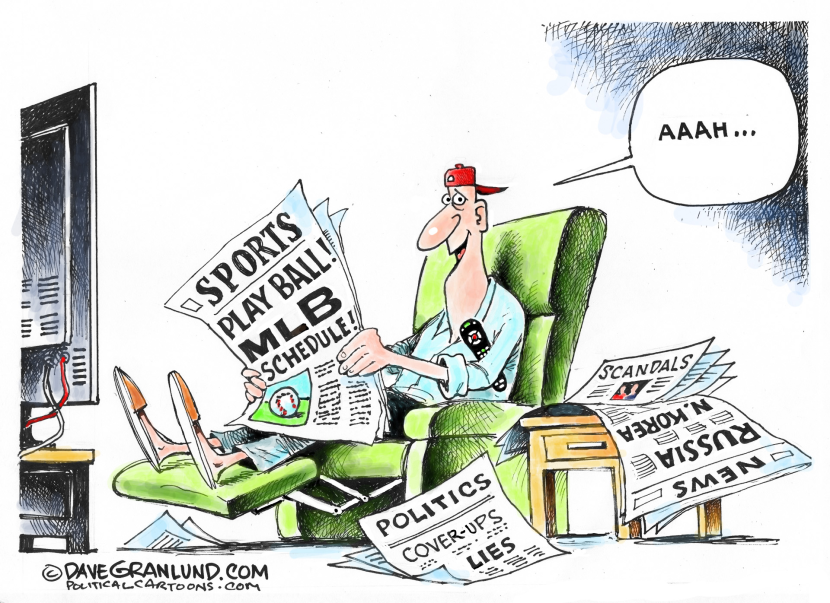
Subscribers Only Content
High resolution image downloads are available to subscribers only.
Not a subscriber? Try one of the following options:
OUR SERVICES PAY-PER-USE LICENSINGFREE TRIAL
Get A Free 30 Day Trial.
No Obligation. No Automatic Rebilling. No Risk.
From the late-1880s through the mid-20th century, more than 300 Major League players trained in Hot Springs, Ark., to benefit from the city’s thermal waters, a cure for the winter’s excessive food and alcohol consumption.
Cap Anson, Chicago White Stockings’ Hall of Fame first baseman from 1876 through 1897, was one of the first to enjoy the waters’ remedy. Others HOFers who passed through Hot Springs included Cy Young, Jackie Robinson, Ty Cobb, Honus Wagner, Rogers Hornsby and Hank Aaron. Babe Ruth, then with the Boston Red Sox, stamped his indelible mark on Hot Springs when he hit a 573-foot grand slam home run before 18,000 delirious fans.
Sam “Wahoo” Crawford is another dead ball era HOFer whose outstanding career is sadly lost in the sands of time. Crawford, who answered to “Wahoo” as a nod to his Nebraska hometown, was quirky but between 1899 and 1917 a dominant power slugger, mainly for the Detroit Tigers. The lefty hitting Crawford led the league in triples six times, and established the still-standing MLB career record for three-baggers, 309. To put Crawford’s record in perspective, consider that Willie Mays in his 22-year career hit 140 triples.
Crawford ended up with 2,961 hits and a .309 batting average, and in 1901 and 1908 was the first and second player to lead both the American League and the National League in home runs. From 1907 through 1909, Crawford manned center with Ty Cobb in left to lead the Tigers to three consecutive pennants. In 1916, Baseball Magazine wrote that “if we were looking for a model for a statue of a slugger, we would choose Sam Crawford.”
Wahoo Sam tore up the Pacific Coast League for the Los Angeles Angels, and in 1919 and 1920 led the league in hits and triples. After a brief period when he grew walnuts commercially, Crawford from 1924 to 1929 became the University of Southern California’s head baseball coach. Finally, between 1935 and 1938, Crawford signed on as a PCL umpire.
But as “Glory of Their Times” author Lawrence Ritter found out when he set out to interview him for his classic 1966 book, Wahoo Sam was a tough guy to find. Ritter tracked Wahoo Sam to what he thought was Crawford’s Los Angeles residence. But when Crawford’s wife Mary opened the door, she told Ritter her husband didn’t live in Los Angeles.
When Mary was prodded for specifics, she expressed reluctance to say more. Sam might, Mary feared, get angry if she revealed her reclusive husband’s address. Finally, under duress, Mary grudgingly said that Sam lived somewhere north of Los Angeles but south of San Francisco. Mary added, none too helpfully, that Sam could see the Pacific Ocean from his front porch.
Undeterred by Mary’s scant information, Ritter, who logged 75,000 road miles to compile his book, pressed northward, and stopped at post offices and realtors to pick up Crawford’s trail. Finally, Ritter stopped at a Baywood Park laundromat and asked a gentleman doing his wash if he knew Sam Crawford’s whereabouts. “I should,” came the answer, “I’m Sam Crawford.”
Crawford told Ritter that he hated Los Angeles, and complained that he “couldn’t even get a loaf of bread without standing in line.” Los Angeles had, Crawford continued, too many people, too much smog and too many crowds that distracted him from his reading, mostly his favorite author Honore de Balzac.
Crawford didn’t own a phone, and although friends gave him a television set, he never watched. Crawford refused to read newspapers because, since they were “nothing but trouble” with their “big headlines about bombs, war and misery,” they invariably “spoiled his day.”
When Ritter asked Crawford to pick his era’s best players, he named Pittsburgh Pirates’ Honus Wagner over his teammate Ty Cobb, and the Washington Senators’ Walter Johnson as best pitcher.
Crawford, whose peak salary was $7,500, died at age 88.
Fans who want to relive Wahoo Sam’s Hot Springs experience can take the Historic Baseball Trail, and also soak in one of its thermal water bath houses.
–
Joe Guzzardi is a Society for American Baseball Research and an Internet Baseball Writers’ Association member. Contact him at [email protected]..